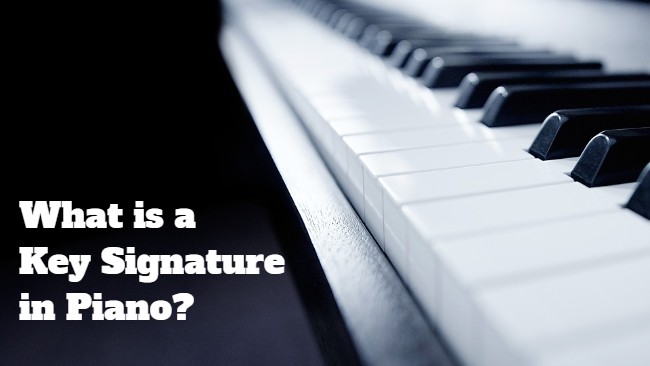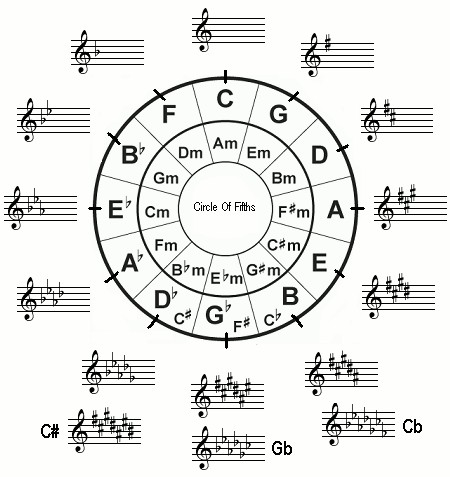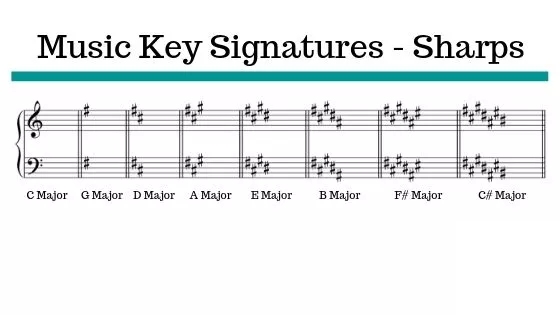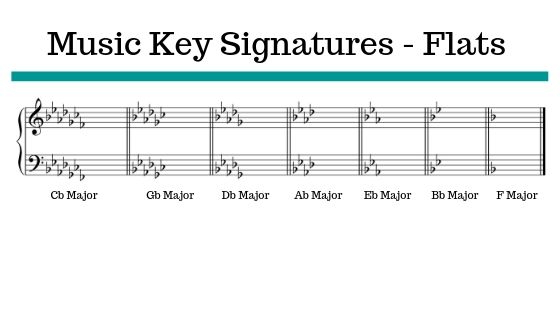Do you want to know what is a key signature in piano and how to read it? If yes, then this article will help you out. Playing piano is a full-fledged art, and those who indulge in it know the importance of key signatures. As you progress from learning the basics of piano to composing music, key signatures become a critical part of understanding the piano.

Key signatures not only tell us about the key of the music but also give us an insight into the structure of the composition. This blog post aims to decode the concepts of key signature in piano and help you understand how to read key signature in piano music.
What is a Key Signature in Piano?
A key signature is a group of musical notes displayed at the beginning of the staff of piano music. The purpose of the key signature is to indicate the notes that will be played sharp, flat, or natural throughout the piece of music. The key signature will remain the same for every occurrence of a particular note in the piece of music, and it applies to the entire piece of music unless there is a change mentioned in the middle of the composition.

Key signatures are generally found in all kinds of music, such as classical, folk, pop, and jazz. Key signatures are used to save time when playing or writing music by eliminating the need to write out the accidentals (sharps/flats) each time they occur.
How Do Key Signatures Affect the Composition?
Key signatures are vital to understanding the structure of the composition. They give us an insight into the musical key, which reflects the mood and tonality of the music. Each key has a unique tonal center around which the composition revolves.
If you are playing in the key of C, then there is no need for a key signature, as all the notes in the key of C are natural. However, if you were to play in the key of F, the composition would contain one flat – Bb, which would give the composition a different mood altogether.
How to Read a Key Signature in Piano Music?
Reading a key signature in piano music can be intimidating, but it’s not as difficult as it sounds. To understand the key signature, you need to look at the very beginning of the sheet music. The key signature will be displayed there in the form of sharps or flats.

Sharps (#) raise the pitch of the note by half a step, and flats (b) lower the pitch of the note by half a step. In general, if a note is sharp or flat, it will remain that way throughout the composition unless otherwise specified.

Here are the steps to take when reading key signatures in piano music:
- Count the number of sharps or flats in the key signature.
- Identify the note that is sharp or flat.
- Determine the key of the song by counting up or down half steps from the starting note.
- Memorize the key signature, so you know which notes need to be sharp and flat when playing through the piece of music.
Knowing how to read key signatures in piano music can make a big difference in your understanding of the music, as well as help you play with more accuracy and precision. With practice and dedication, it can become second nature to recognize key signatures in any piece of piano music.
Memorizing Key Signatures
Memorizing a key signature in piano can seem like an overwhelming task, but it only takes a few practices to get the hang of it. One way to memorize them is to practice the circle of fifths. The circle of fifths is a diagram that shows the relationship between the twelve tones in Western music. This method is particularly useful for those wanting to practice or memorize their key signatures.
Conclusion
Key signatures are crucial in understanding the structure and mood of a piece of piano music. Though the concept can seem intimidating initially, it’s relatively easy to learn and understand a key signature in piano. If you’re new to playing the piano, learning to read a key signature in piano will take you a long way. So, practice the circle of fifths, and soon you’ll be able to understand key signatures like a pro. Hope this helps. Check our Pianos Hub blogs for more useful guides and tutorials.